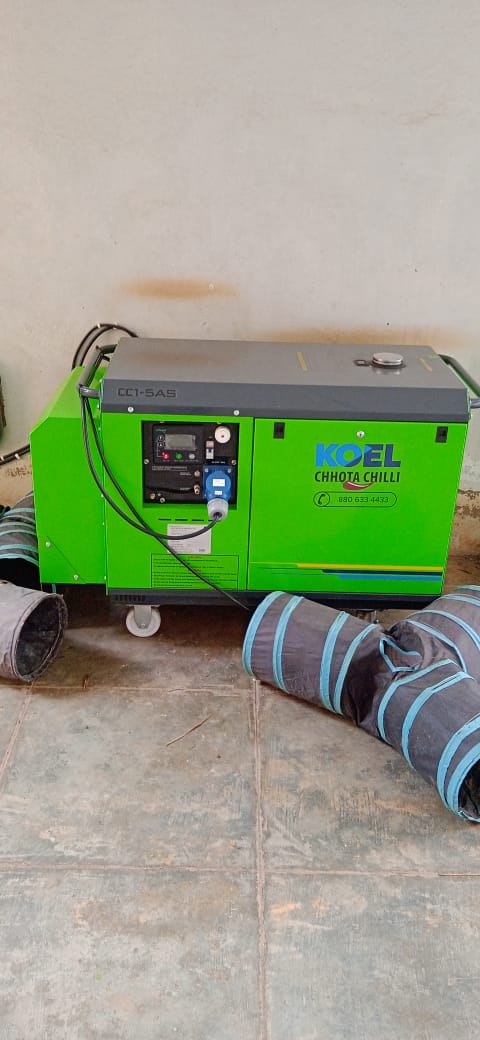Office
No 2, Magadi Main Road, Kanaka Nagar, Seegehalli
Bangalore , Karnataka
India (560091)

In addition to the engine and generator, engine–generators generally include a fuel supply, a constant engine speed regulator (governor) and a generator voltage regulator, cooling and exhaust systems, and lubrication system. Units larger than about 1 kW rating often have a battery and electric starter motor; very large units may start with compressed air either to an air driven starter motor or introduced directly to the engine cylinders to initiate engine rotation. Standby power generating units often include an automatic starting system and a transfer switch to disconnect the load from the utility power source when there is a power failure and connect it to the generator. Many engine–generators use a reciprocating engine, with fuels mentioned above. This can be a steam engine, such as most coal-powered fossil-fuel power plants use. Some engine–generators use a turbine as the engine, such as the industrial gas turbines used in peaking power plants and the microturbines used in some hybrid electric buses. The generator voltage (volts), frequency (Hz) and power (watts) ratings are selected to suit the load that will be connected. Portable engine–generators may require an external power conditioner to safely operate some types of electronic equipment.Engine-driven generators fueled on natural gas fuel often form the heart of small-scale (less than 1,000 kW) combined heat and power installations.